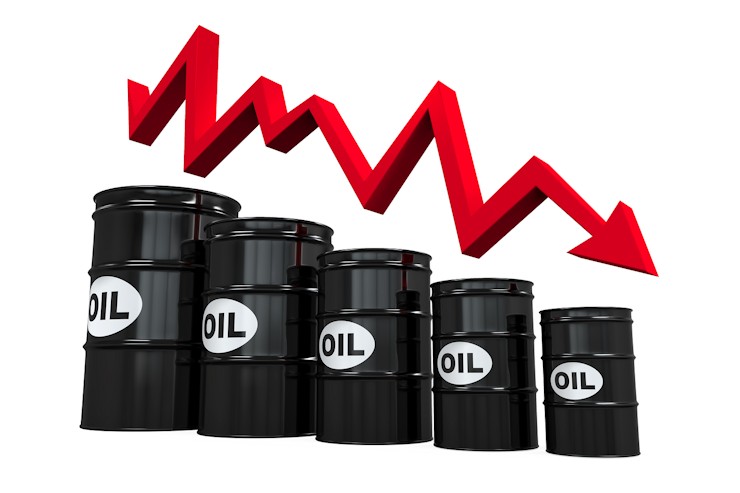
Winter time (low optimism) of crude oil is longer than expected, after recovery over the past few years, it corrected down again over the past 1 year, recovering again over the past few months. Many oil & gas stocks, especially for upstream sector, revenue of business is very much dependent on crude oil price, therefore the cyclic business performance has resulted in cyclic share prices.
For oil & gas stocks, besides business fundamental, success in stock investing or trading is mainly dependent on alignment with prices of crude oil which trends are time-dependent. Here are 3 strategies for 3 different types of investors with 3 different personalities:
1) Long Term Investor (decades): Uptrend (Low Optimism)
Unlike stock market with market cycle of about 10 years, crude oil is a commodity which has a much longer market cycle of 20-30 years, therefore a very long term view (decades) is required. Crude oil is a critical energy related commodity, its price could not drop to $0 as a commodity (possible for stock in crisis), therefore it is a giant in nature. Similar to property, long term trend of crude oil is increasing over the decades, currently at low optimism (potential buying zone). However, if an investor does not have holding power, could make a loss as buying low could ending up lower if holding power is weak.
Currently, the second dip over the past 5 years have established a higher low which is a strong support to crude oil long term investor. However, since global stock and property markets are at moderate high optimism, if the next global financial crisis is triggered by another asset class of investment market, commodity market could be affected despite the optimism is not high as global funds are connected through common pool of investor with money.
Therefore, it is relatively safer to hold a shorter term position, applying trading on oil & gas stocks. One could compromise to become a “short term investor”, i.e. buying strong fundamental oil & gas stocks as if an investor but buying or selling the stocks by following the price trends in shorter term as if a trader. This is an integration of trading into investing in view of global economy and stock market.
2) Medium Term Trader (years): Uptrend (Moderate Low Optimism)
Medium term trading is a compromise between investing and trading. Current trend is uptrend at moderate low optimism with recovery in prices of both crude oil (commodity) and oil & gas stocks over the past few months which is ideal for trader who is interested in buy low sell high for capital gains. However, since the market uncertainty is high (eg. unknown on outcome of US-China trade war negotiation by 1 Mar 2019), a trading plan with S.E.T. is required: Stop Loss, Entry Price, Target Price.
Despite focusing in trading, a trader could consider strong fundamental oil & gas stocks (eg. growing or recovery in earning and cashflow), avoiding stocks with relatively high debt (eg. Debt/Equity >> 1) which may not last through the winter time of crude oil.
3) Short Term Trader (months): Downtrend (High Optimism)
Over the past 6 months, for short term traders (buy low sell high every few months), the current trend for oil & gas stocks is downtrend at high optimism, aligning with direction of crude oil. The probability is higher for shorting, especially when supported by some negative financial news (eg. US-China trade war, UK Brexit, China economy slowdown, bankrupt of another oil & gas company, etc). Similarly, shorting in short term requires a trading plan with S.E.T., except the strategy is reversed (making money when price is falling). A trader who is not comfortable with shorting (higher potential risk when not managed properly) may also adopt a “Wait” strategy, waiting for stronger uptrend of crude oil and oil & gas stocks.
Of course, for very short term traders (weeks or days), there are different trends and optimism. There are always trends within trends, depending on timeframes of investing which is personality dependent. Therefore, before an investor or trader plan on position of stocks, should strongly consider own holding power, risk tolerance level, reward expectation, emotional control, etc.

